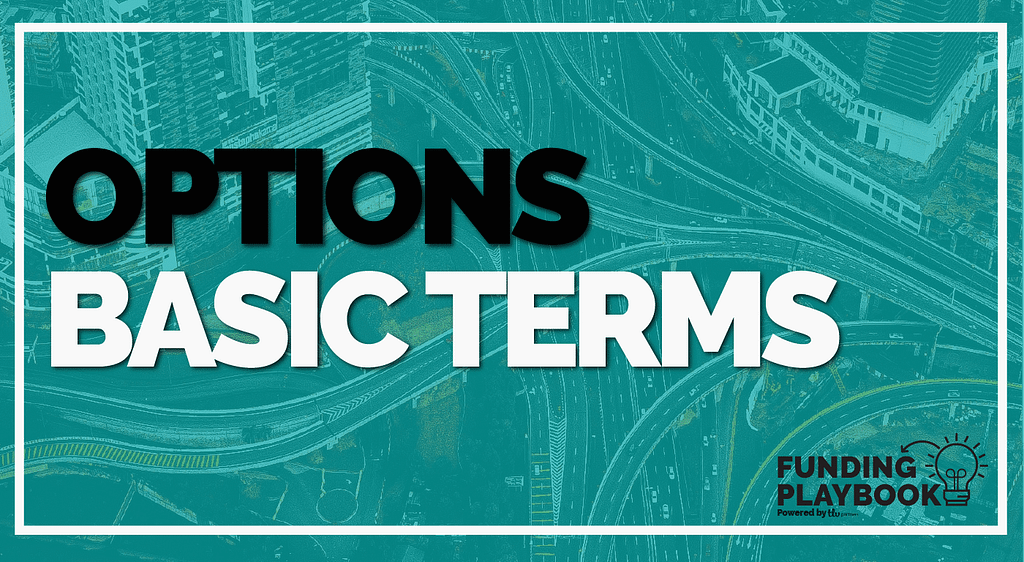The obscurity around options creates an expectation gap, that can hurt everyone around the table.
A few months ago, a friend of mine left his position as chief architect at one of Israel’s most respected companies. After five years, he decided to start his own company and left with the blessing of the founders and the board. “I have 0.5% in vested options” he told me excitedly. Naturally, I was happy for him.
Only two weeks later I received a worried sounding phone call from him: “We must meet, I need your help”. I set up a meeting for the next day.
After a short review of his situation, I sadly recommended that he not exercise his options. The situation frustrated me so much that I felt compelled to write this post.
What are options?
Options, in its most basic definition, represent the right to buy shares in a company. If you received an option to buy a share for $1 and after four years the share is worth $20, your profit would be $19.
Startup companies give options to employees as part of their compensation package. The earlier you join the startup and the more senior you are, the more options you will receive. Options vest over time, and usually, there is a one-year cliff followed by quarterly vesting. So if you received 100 options, you must stay in the company for at least one year to get 25 options. After that, every quarter over the following three years you will receive an additional 6.25 options.
Of course, you must wait for either an M&A or IPO to translate the theoretical profit into cash. And only if you still work for the company at the time of the exit will you realize this profit.
But what happens if you leave the company before an exit occurs? In that case, you must decide whether you would like to buy your vested shares at the exercise price or not. The exercise price is the price of the option.
But who decides what the exercise price should be? Well, to understand that, we must first understand who determines the price per shares of the company.
The price per share reflects the valuation of the company, and investors (the board) determine this with the company every time there is a new financing round.
After determining the price per share, the board moves on to determine the exercise price with the help of an outside consultant. The board usually recommends pricing the options at a discount to the current price per share. The discount reflects the preferences that the investors’ shares have. Employee’s options entitle them to buy common shares only.
The sad story behind our chief architect’s stock options
Now let’s get back to our chief architect: Before he received his options, the company raised a round at a high valuation. The late-stage investors received a 3x participating preferred preference. (It is common that companies provide investors with big preferences to increase valuation). Strangely, the board decided that the exercise price be identical to the price per share. Thus, our chief architect received an option to purchase common shares at an inflated price. In his case, the discount on the options should have been around 70% from the price of the shares in the round.
Similar scenarios occur in our industry from time to time. Employees receive option grants but find themselves disappointed at the exit. Unfortunately, many companies are hesitant to share information about their options with their employees. The obscurity around options creates an expectation gap, that can hurt everyone around the table. In many cases this obscurity is unnecessary, and companies are better off setting the right expectations from the start.
Rona





